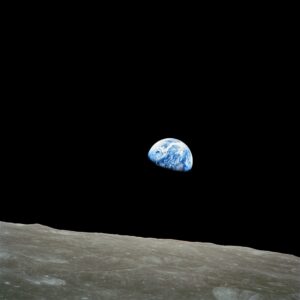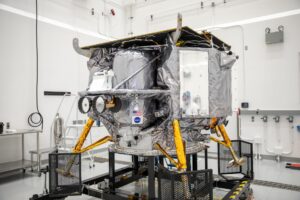The SN8 Flight Test
Days prior to launch, the once-sleepy towns of Boca Chica and South Padre Island were suddenly bustling with new activity. Launch photographers and Starship enthusiasts trickled into the campgrounds and nearby hotels. During the day, they sprinkled themselves along the adjacent parking lot and nearby beach to photograph the rocket on its launch stand. Excitement was rising amongst the locals, who sensed something is about to happen, though few seemed to grasp the significance of this experimental test. Indeed, few of us still do.
At the moment of liftoff, I was immersed in screams, tears, laughter. Locals, SpaceX employees, and super fans were uncontained, full of emotion.
Starship SN8 paves the way for the future
Starship is SpaceX’s most ambitious rocket to date—an Interplanetary Transport System built specifically to support their mission to “Make life multi-planetary.” Most Starship fans know it as the Martian rocket ship that will take droves of humans and supplies to Mars, where Elon Musk hopes to build a city of one million people by the year 2050. As SpaceX puts it, this fully-reusable launch vehicle is destined to “carry cargo and humans to Earth orbit, the Moon, Mars, and beyond.”
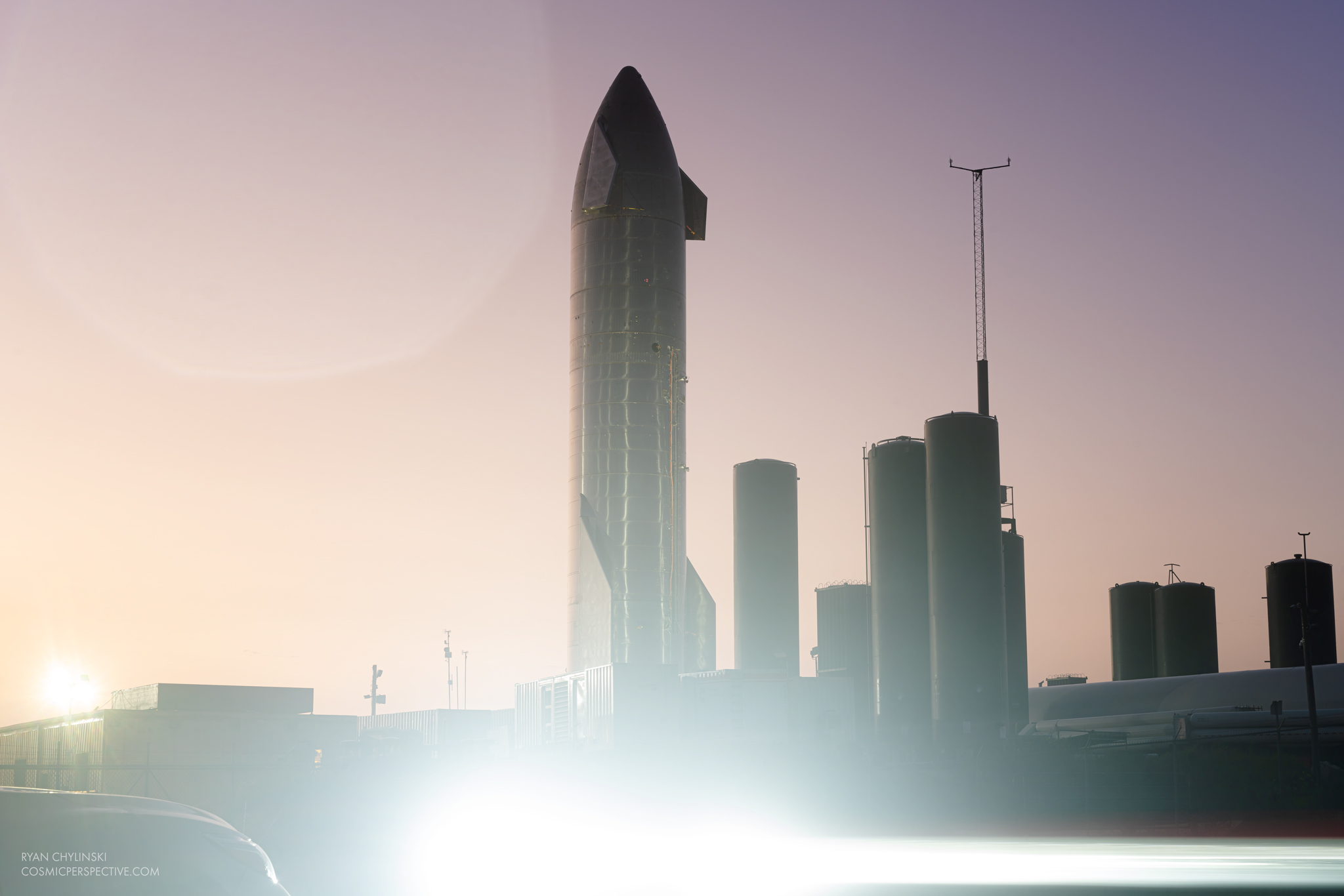
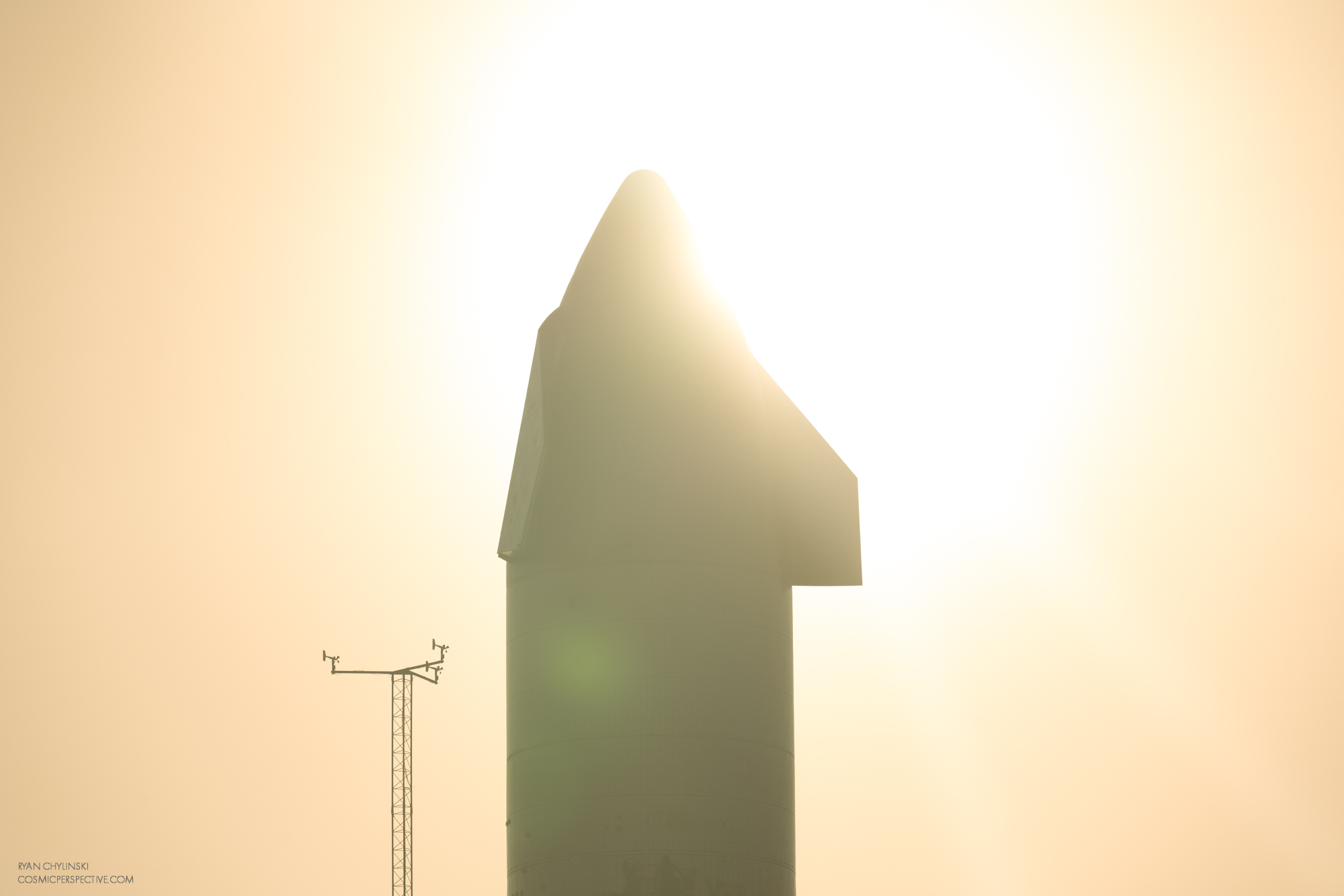
Connect with the journey
A history-making 41,000 ft flight
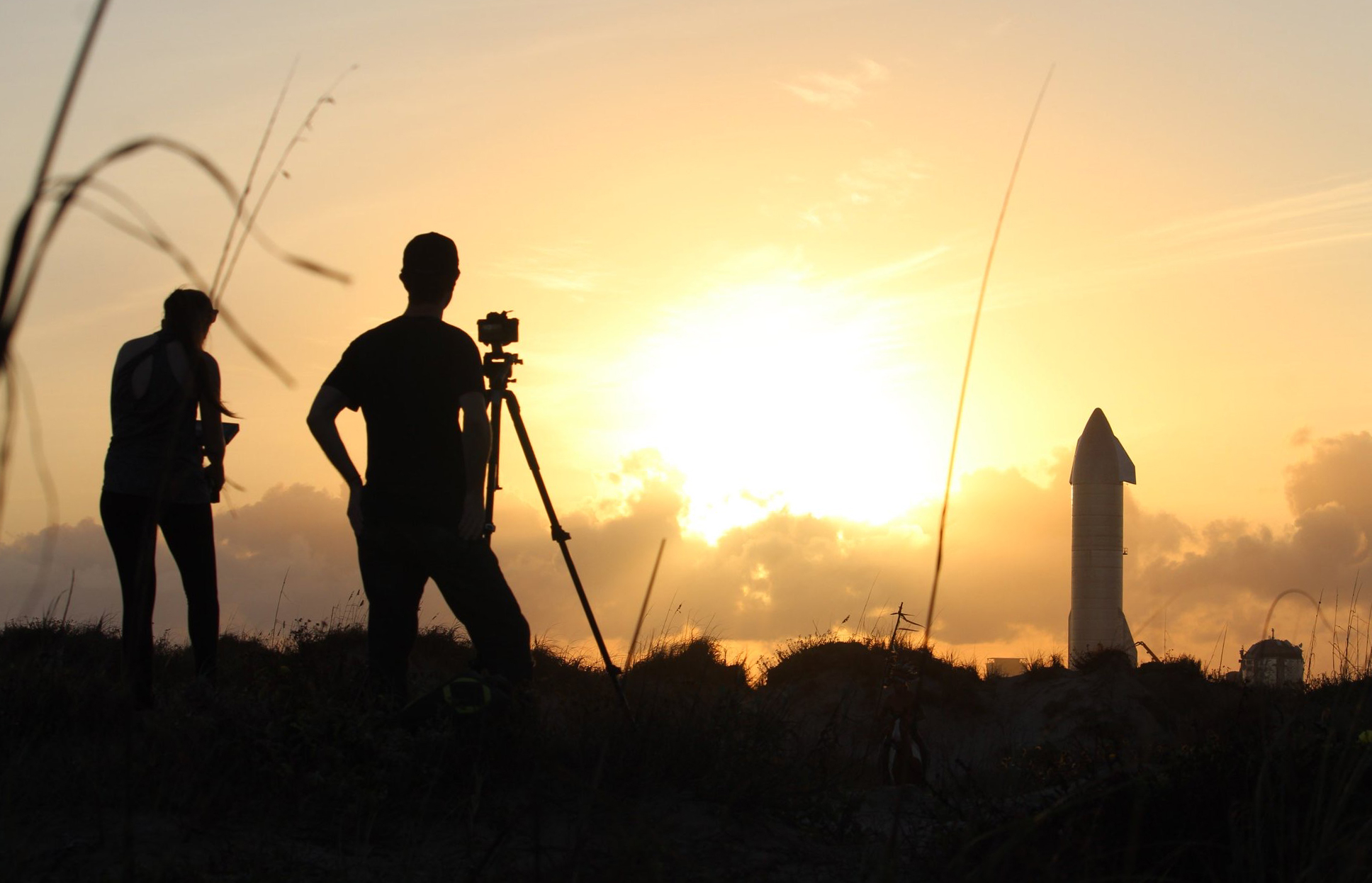
Documenting the Starship era
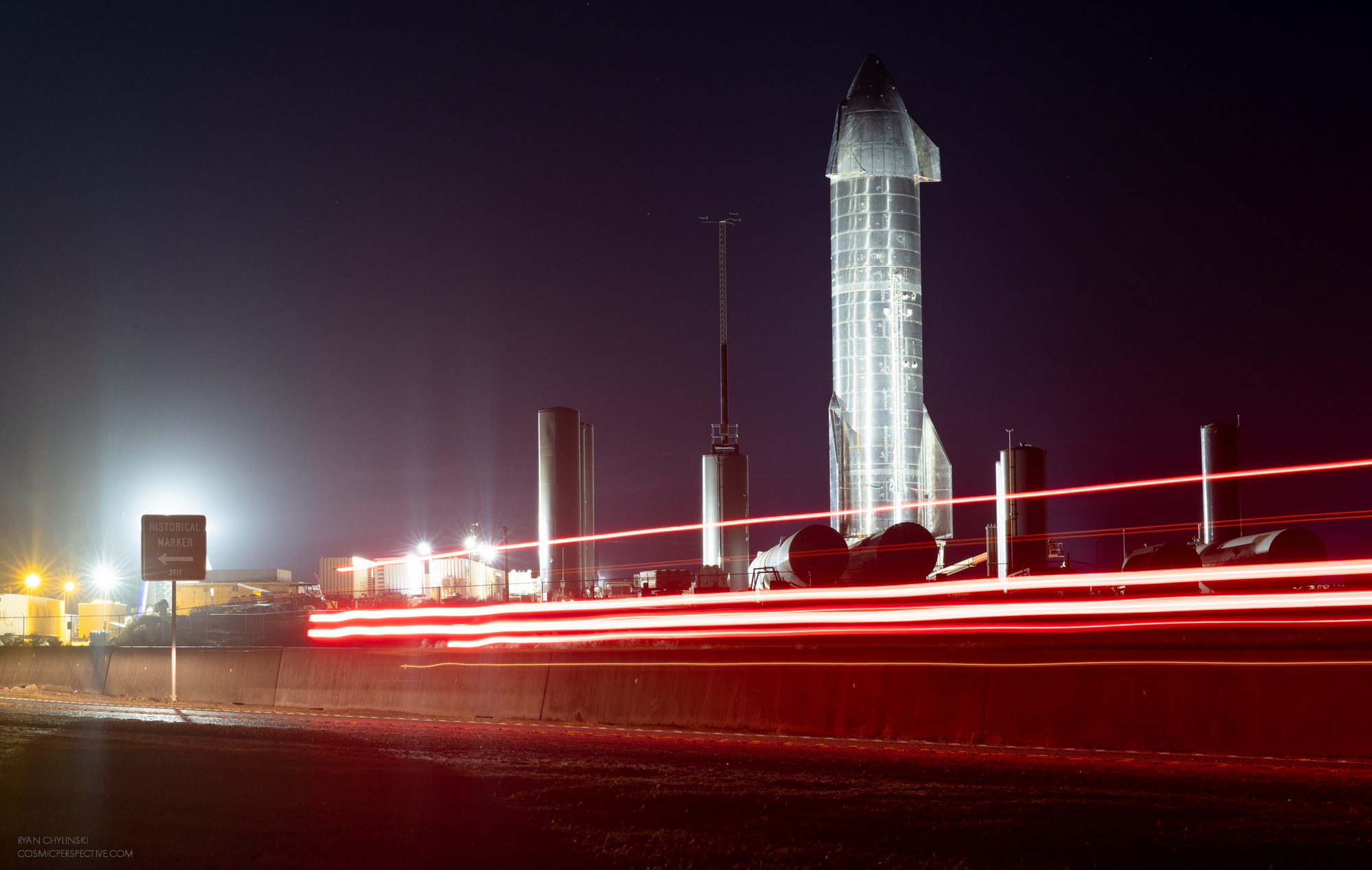
How to watch future Starship launches


